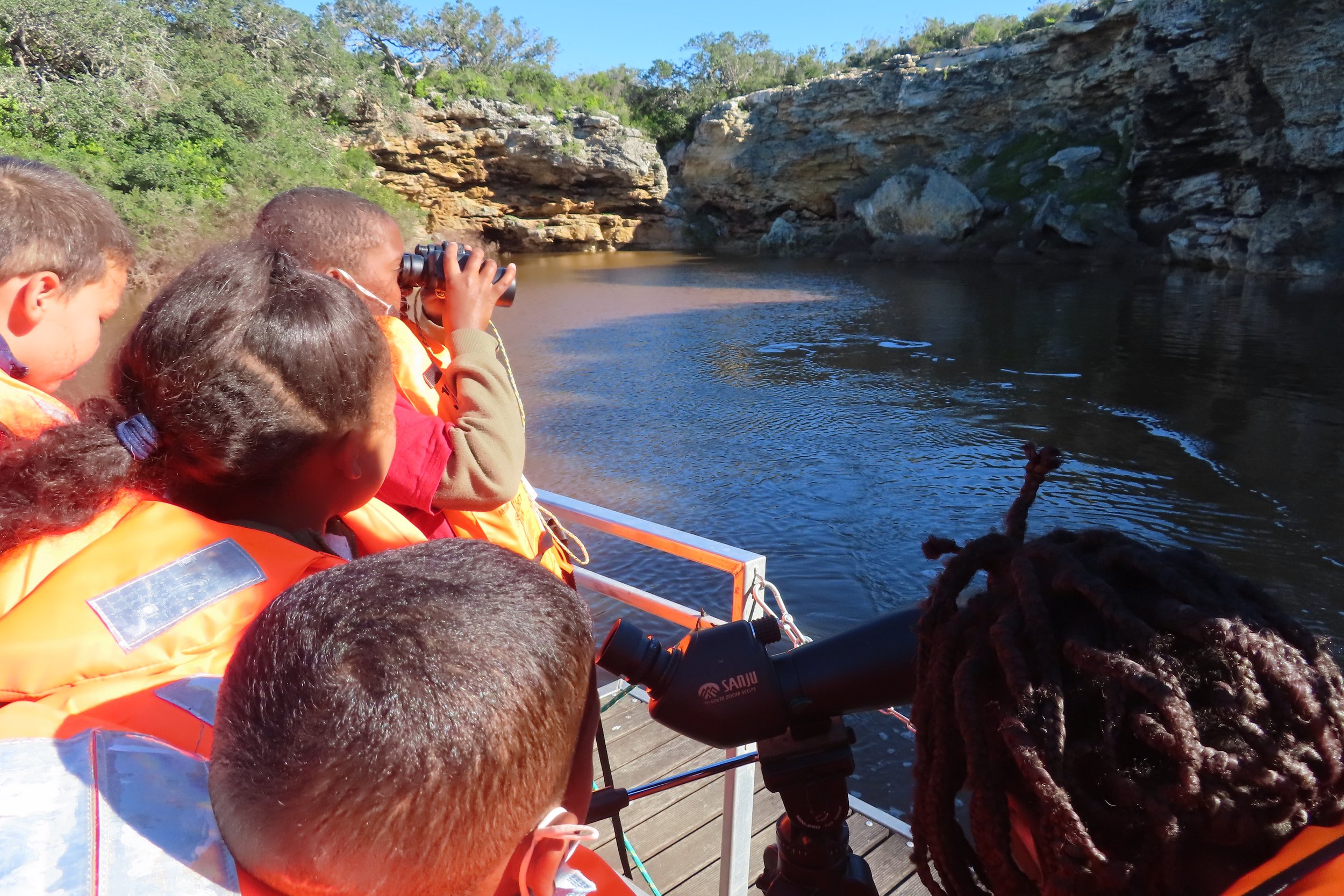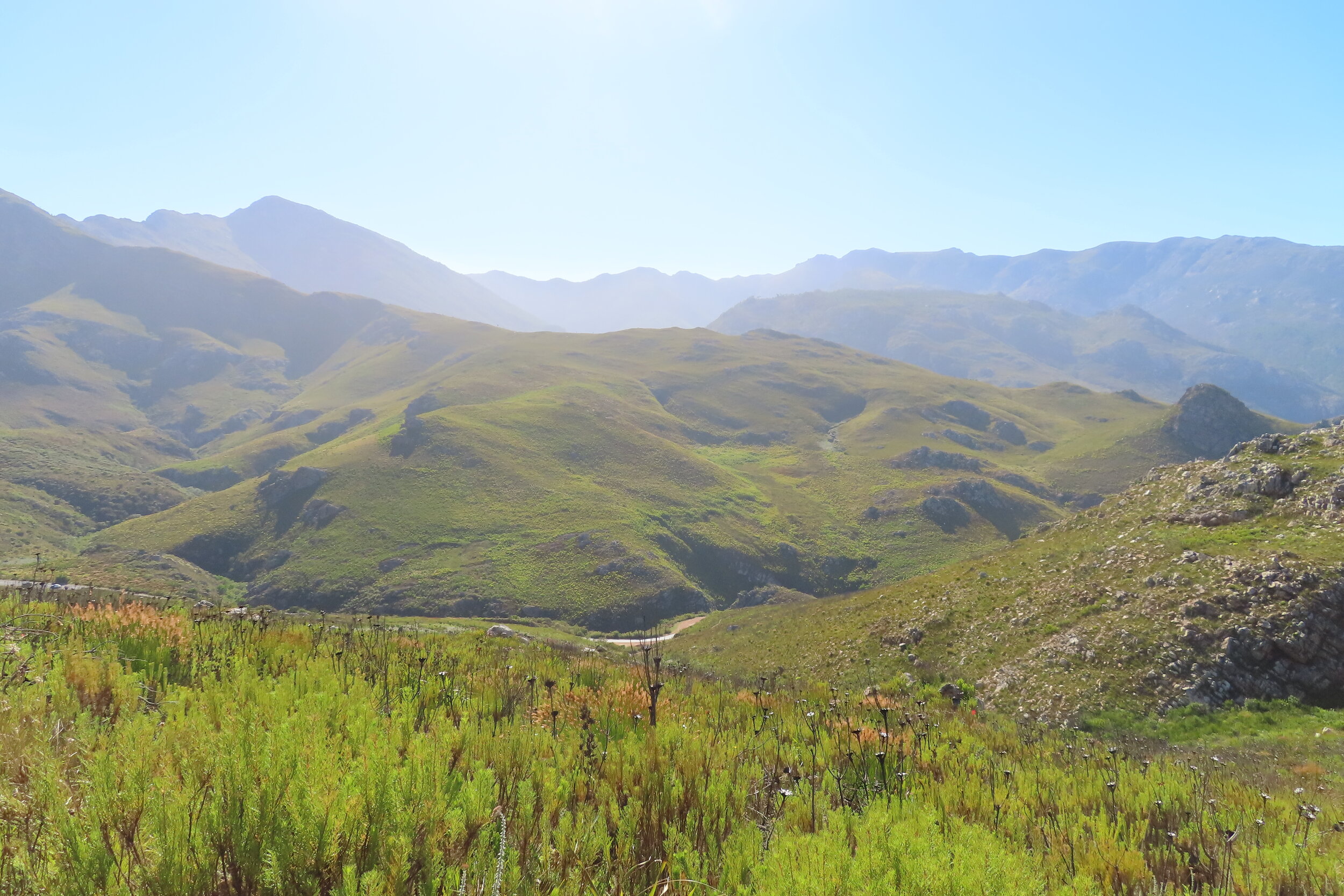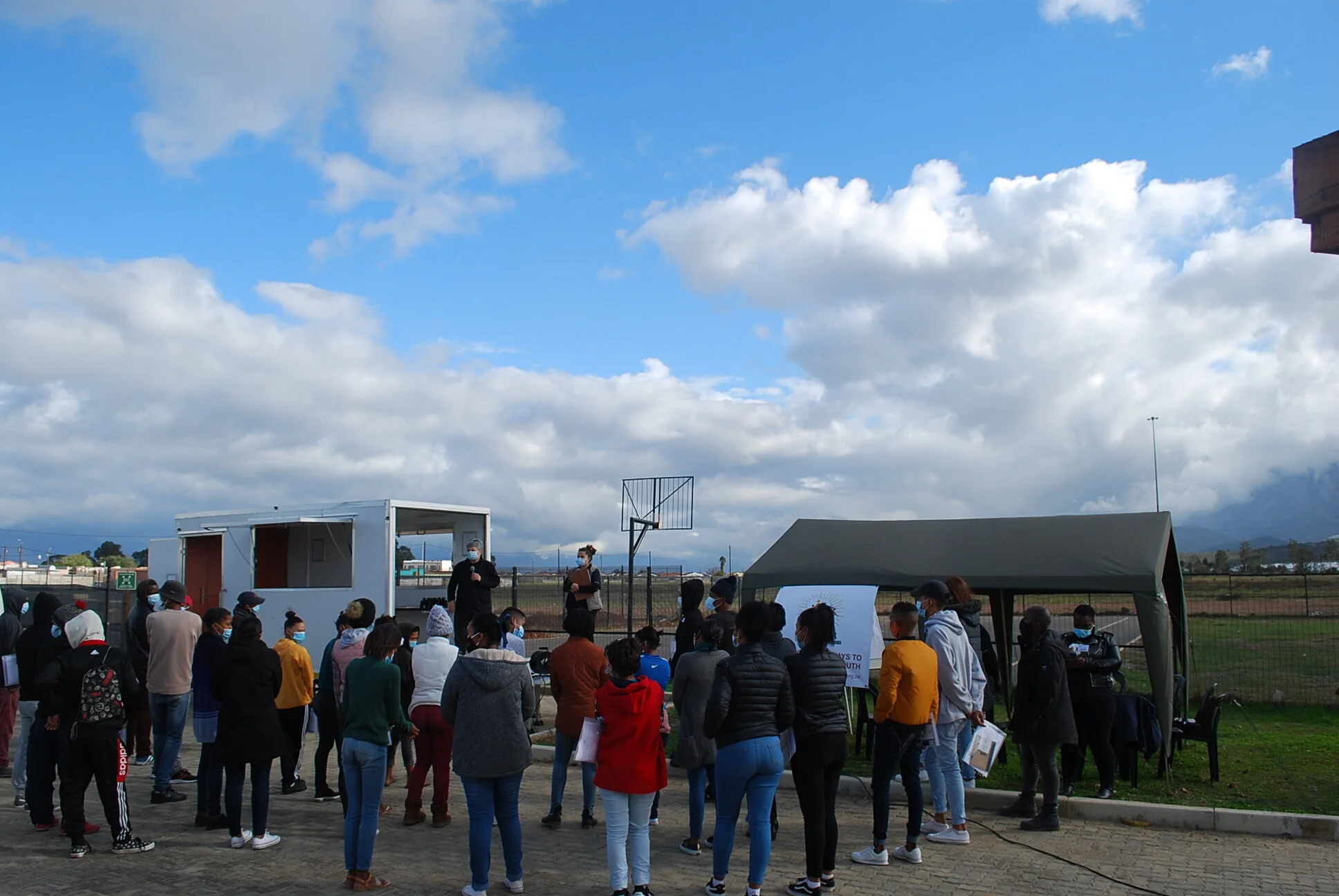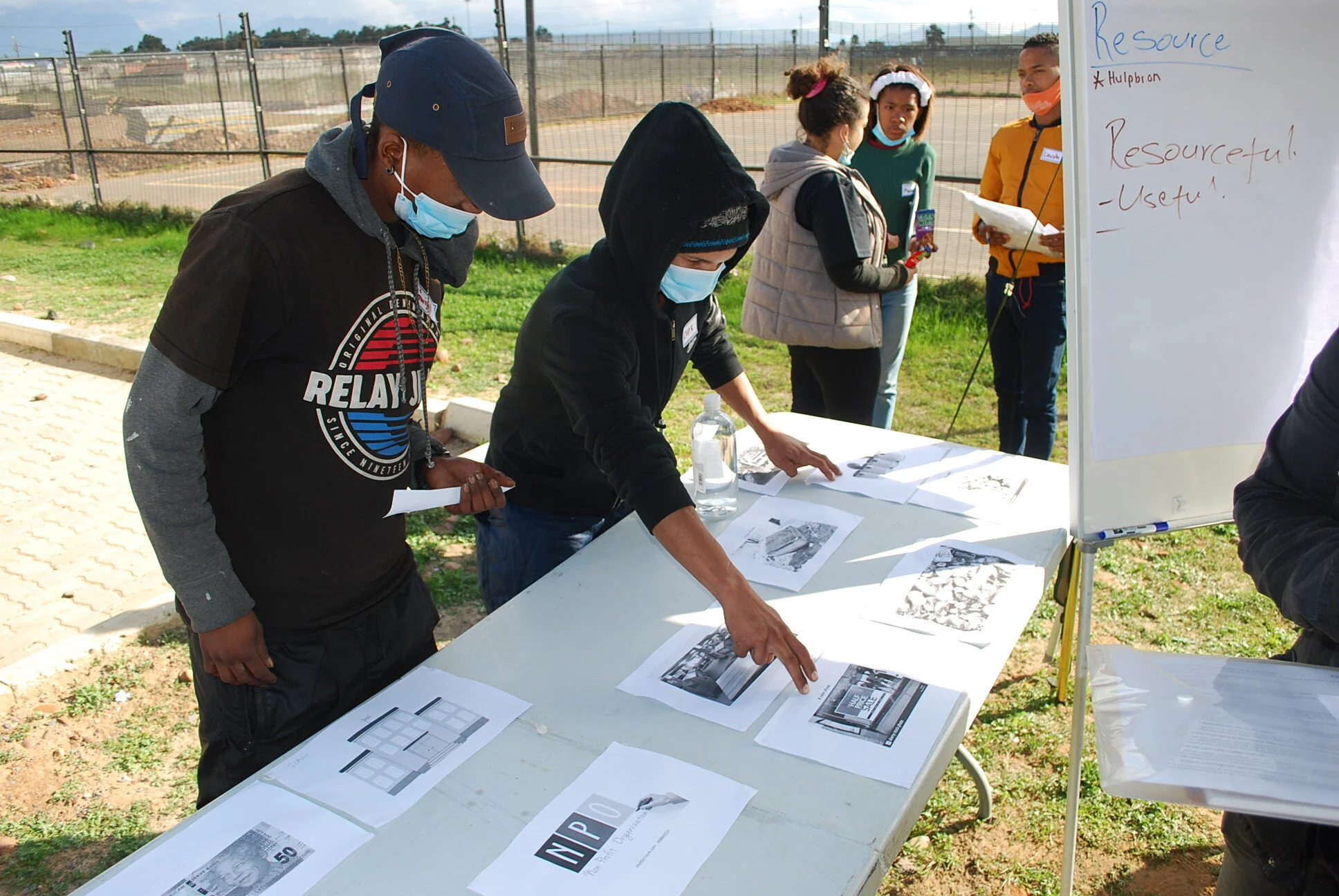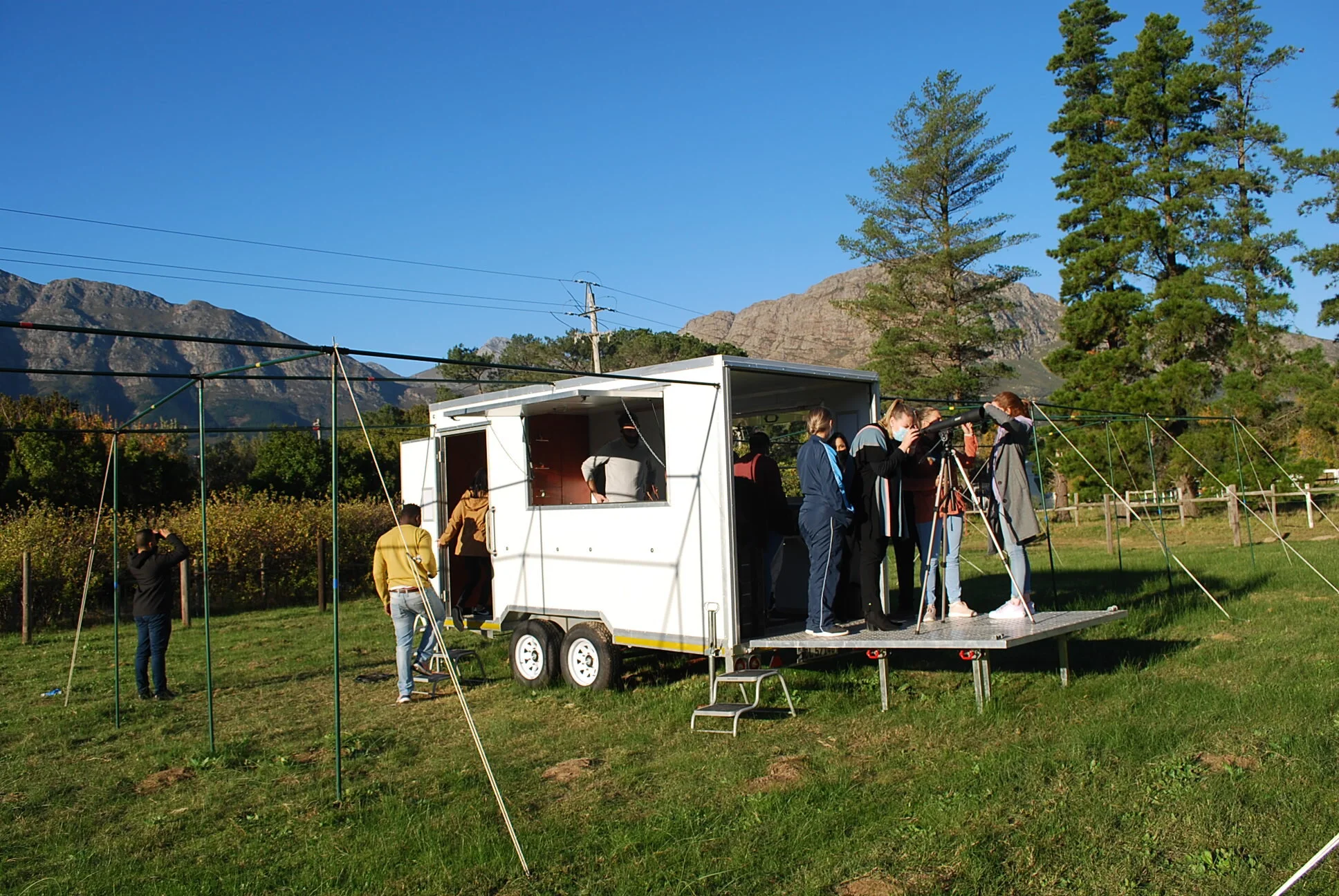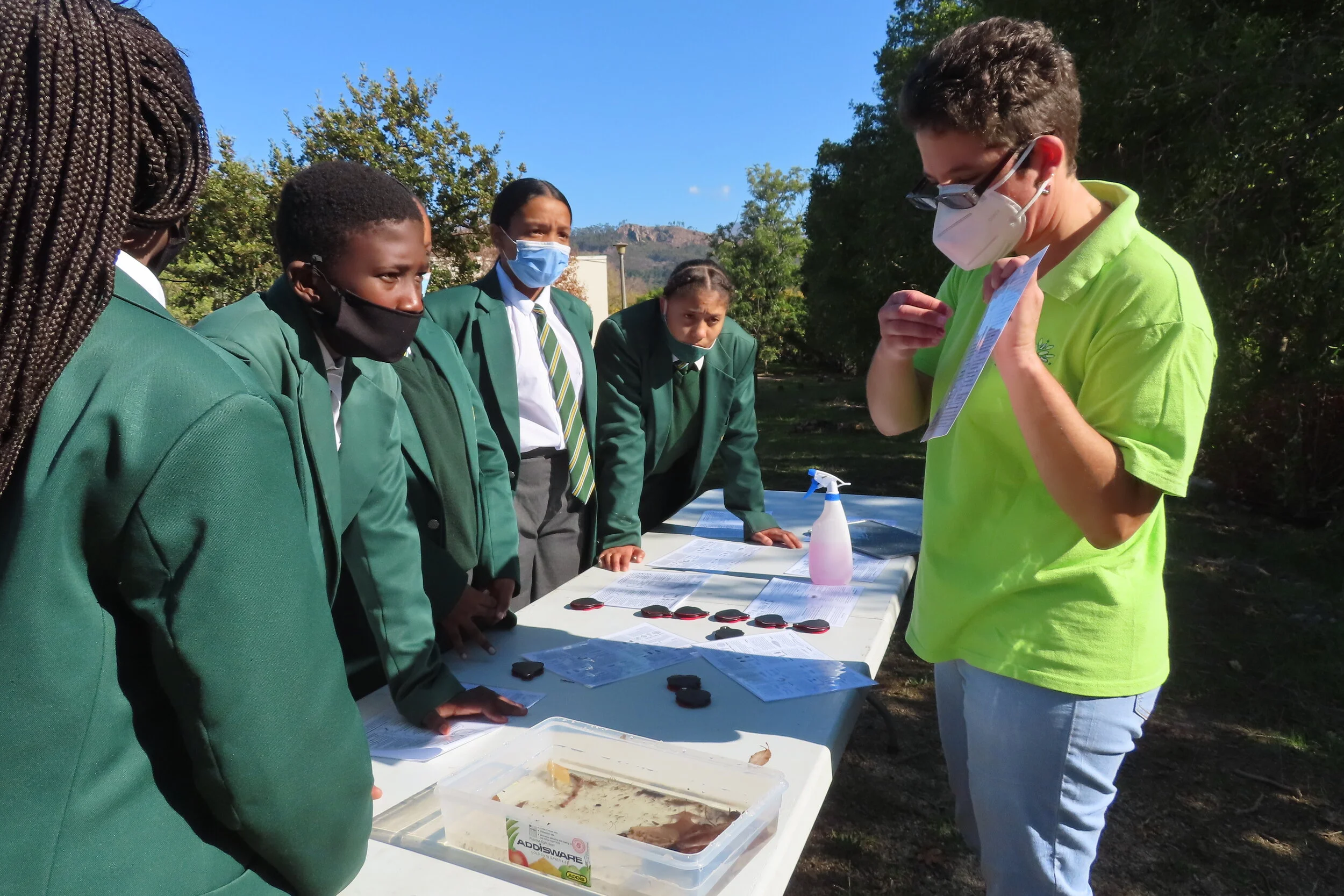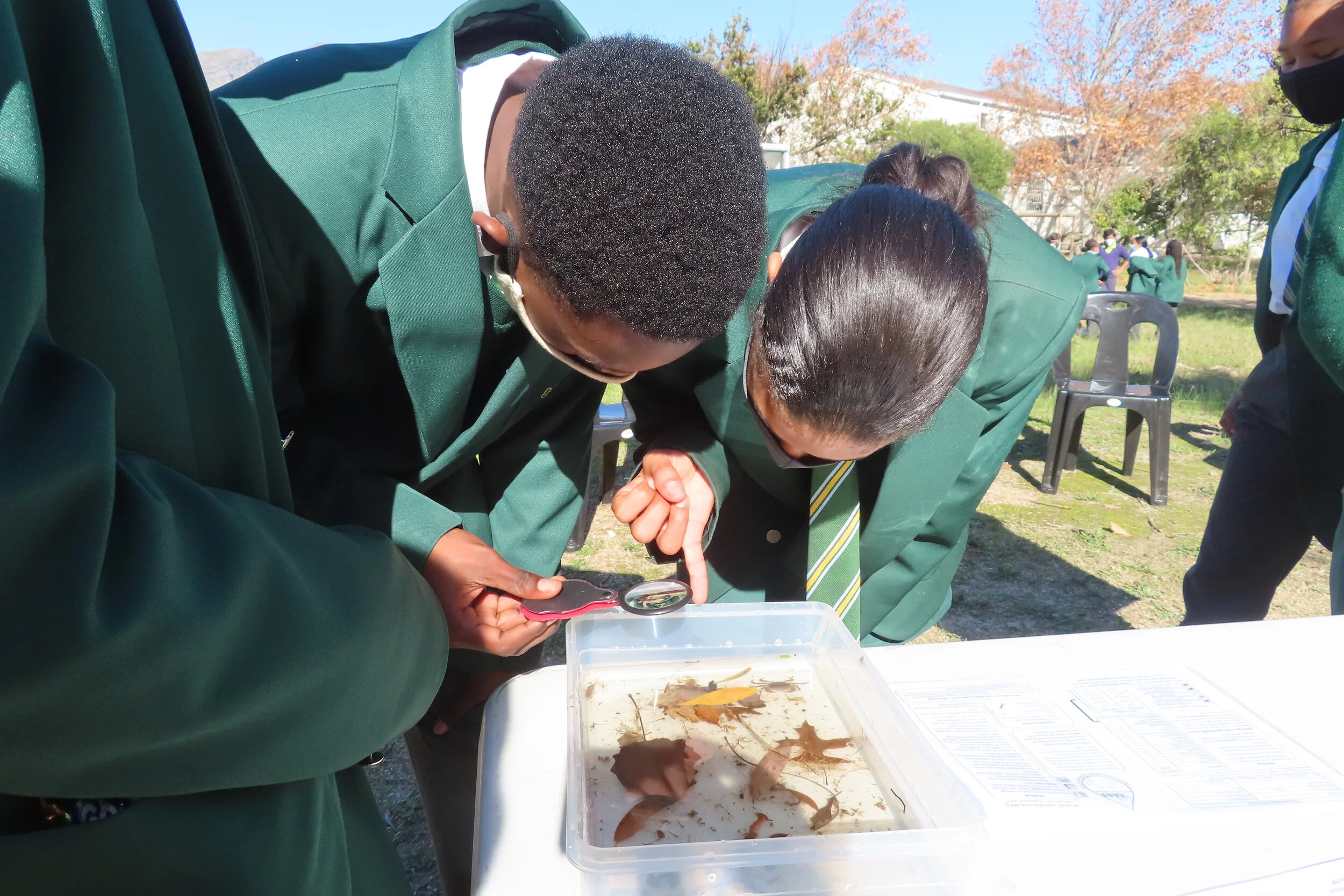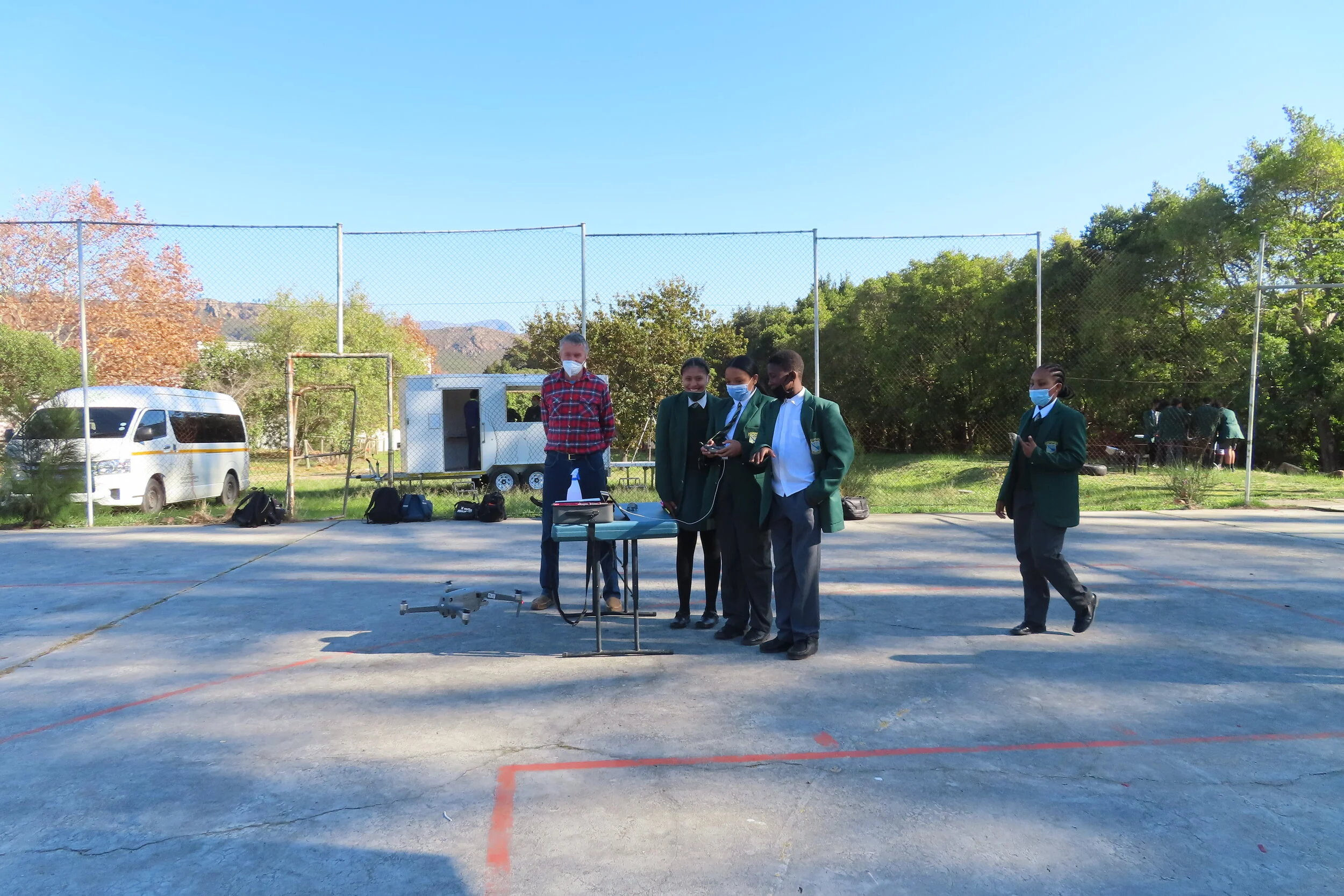Title photo credit: UNESCO Website, Shutterstock
UNESCO has launched a series of reports that reveal the impact of COVID-19 on the culture sector. Based on recent surveys and research, these reports provide insight across 5 areas: World Heritage; living heritage; cultural and creative industries; museums; and cities.
“The pandemic is disrupting lives, communities and businesses around the world, and has deeply impacted the entire cultural ecosystem. At the same time, the crisis has further revealed the important role of culture as a major resource for resilience, connection and recovery” UNESCO
The reports show “that the cultural and creative industries have fared consistently worse than national economies overall” and highlight the role of digital technology as a means of innovative adaption for visibility and survival.
The UNESCO report reaches out to the public to support the approximately 104,000 museums around the world as attendance has dropped as much as 70% for some since beginning of 2021. “The report urges the implementation of digitization policies to inventory collections and support education and outreach”.
The core of Cape Winelands Biosphere Reserve (CWBR) consists of the Cape Floral Region Protected Areas World Heritage Site, the smallest of six recognized floral kingdoms in the world and home to over 9000 plant species of which much of the diversity is associated with the Fynbos biome, unique to South Africa.
Through the CWBR Edulink Project, in partnership with Athénée Action Humanitaire, outings and activities are conducted in collaboration with museums, education-based NGO’s, NPO’s, and research institutions in support of exposure to and shared knowledge of art, culture, and eco-education.
To follow updates on CWBR projects and to find out more read our News page
View full UNESCO article:
Disruption and Resilience: UNESCO reports reveal new data on impact of COVID-19 on culture
Individual Articles:
World Heritage in the face of COVID-19
Living Heritage and the COVID-19 pandemic: responding, recovering and building back for a better future
Cultural and creative industries in the face of COVID-19: an economic impact outlook
UNESCO report: museums around the world in the face of COVID-19
Cities, culture, creativity: leveraging culture and creativity for sustainable urban development and inclusive growth
UNESCO Creative Cities' response to COVID-19

